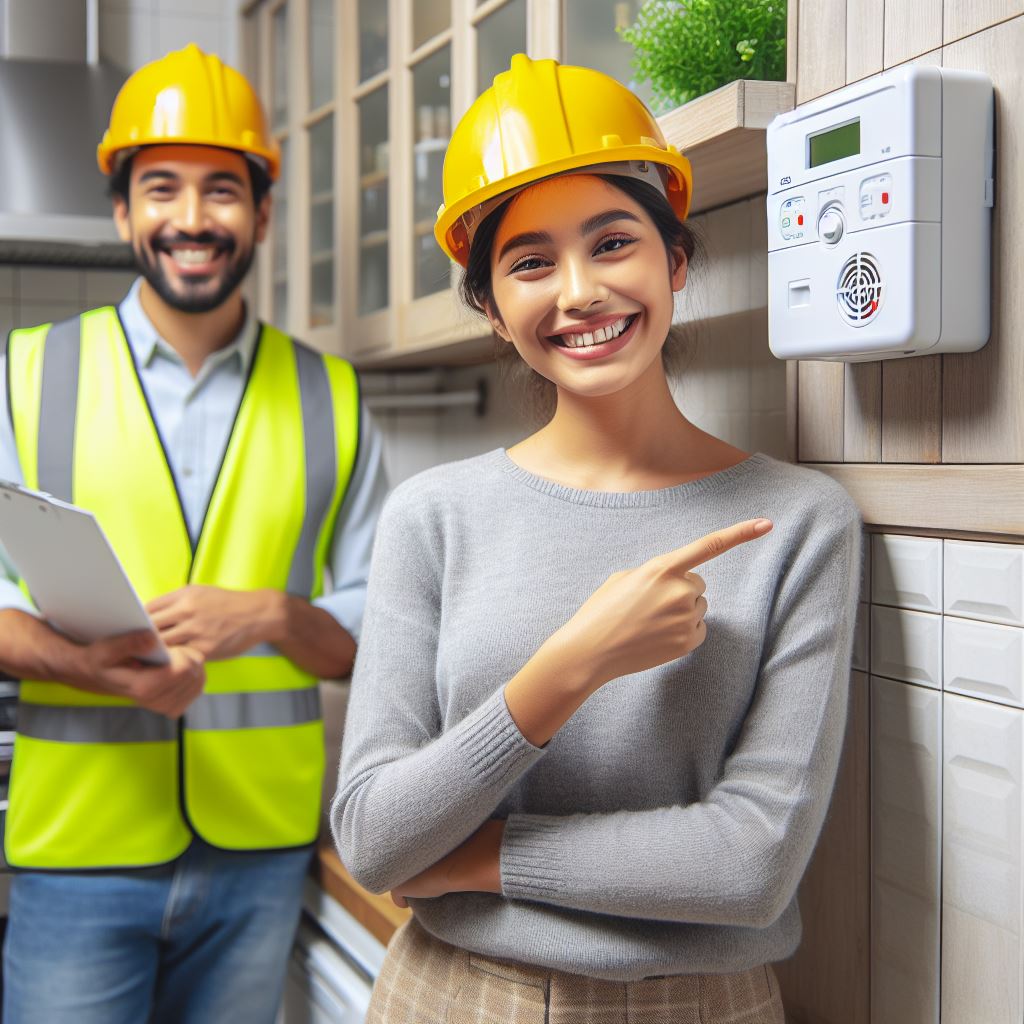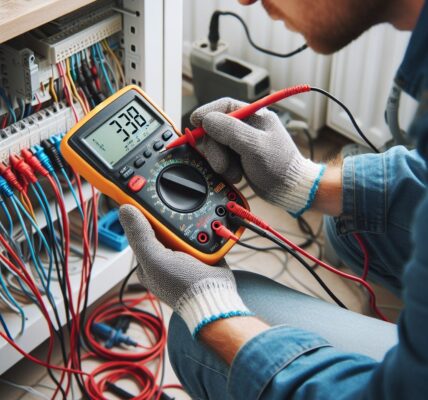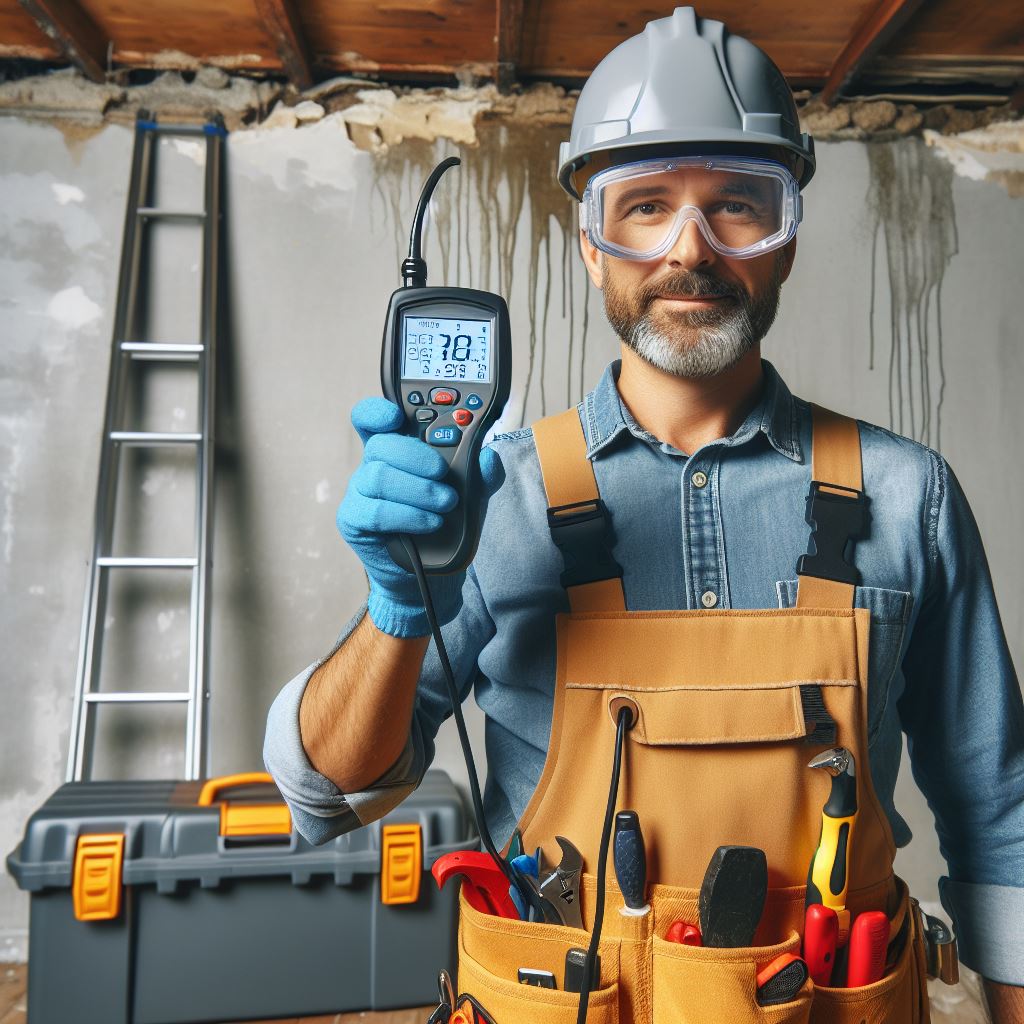Ensuring Safety: Detecting Gas Leaks during Home Inspections
Signs and Symptoms of Gas Leaks in Home Inspections
Gas leaks can pose a serious threat to the safety and well-being of homeowners. It is crucial to be able to identify the signs and symptoms of a gas leak during a home inspection to ensure the protection of both the occupants and the property. This article will discuss the various indicators that can help detect gas leaks, providing homeowners and inspectors with the knowledge they need to address this potentially hazardous issue.
One of the most common signs of a gas leak is the presence of a distinct odor. Natural gas, which is commonly used for heating and cooking, is odorless in its natural state. However, an odorant called mercaptan is added to the gas to give it a distinctive smell, often described as similar to rotten eggs. If a strong, unpleasant odor is detected, it is essential to investigate further to determine if there is a gas leak.

In addition to the odor, another indicator of a gas leak is the sound of hissing or whistling near gas appliances or pipelines. This sound can be an indication of a gas leak, as the escaping gas creates a high-pressure flow that produces these distinct noises. If such sounds are heard during a home inspection, it is crucial to take immediate action to identify and address the source of the leak.
Physical symptoms experienced by occupants can also be a sign of a gas leak. Exposure to natural gas can cause a range of health issues, including headaches, dizziness, nausea, and fatigue. If individuals in the home are experiencing these symptoms, it is important to consider the possibility of a gas leak and take appropriate measures to ensure their safety.
Another way to detect gas leaks during a home inspection is through the use of specialized equipment. Gas detectors, also known as combustible gas indicators, can be used to identify the presence of gas in the air. These devices work by measuring the concentration of gas in the surrounding environment and alerting the user if it exceeds a certain threshold. Gas detectors are highly sensitive and can detect even small amounts of gas, making them an invaluable tool for home inspectors.
Visual inspection of gas appliances and pipelines is also crucial in detecting gas leaks. During a home inspection, it is important to check for any visible signs of damage or corrosion on gas lines, connectors, and valves. Additionally, inspecting the pilot lights on gas appliances can provide valuable information. If the flame is yellow or orange instead of blue, it may indicate a gas leak or an issue with the appliance that requires further investigation.
In conclusion, detecting gas leaks during a home inspection is of utmost importance to ensure the safety of homeowners and their property. By being aware of the signs and symptoms of a gas leak, such as the distinct odor, hissing or whistling sounds, physical symptoms, and visual indicators, home inspectors can effectively identify potential gas leaks. Additionally, the use of specialized equipment, such as gas detectors, can provide an extra layer of protection. By being vigilant and thorough in their inspections, homeowners and inspectors can take the necessary steps to address gas leaks promptly and prevent potential disasters.
Importance of Regular Gas Leak Detection in Home Inspections
Detecting gas leaks in home inspections is of utmost importance for the safety and well-being of homeowners. Gas leaks can pose serious risks, including the potential for explosions, fires, and health hazards. Therefore, it is crucial for home inspectors to prioritize gas leak detection during their inspections. This article will discuss the significance of regular gas leak detection in home inspections, highlighting the potential dangers and emphasizing the need for preventive measures.
First and foremost, gas leaks can be extremely hazardous. Natural gas, which is commonly used for heating, cooking, and other household purposes, is highly flammable. Even a small leak can lead to a catastrophic explosion if ignited. Additionally, natural gas is odorless and colorless, making it difficult to detect without specialized equipment. This is why regular gas leak detection is essential in home inspections. By identifying and addressing potential leaks, home inspectors can help prevent devastating accidents and protect the lives and property of homeowners.
Furthermore, gas leaks can have severe health consequences. When inhaled, natural gas can cause a variety of health issues, ranging from mild symptoms such as headaches and dizziness to more serious conditions like nausea, respiratory problems, and even carbon monoxide poisoning. Carbon monoxide, a byproduct of incomplete combustion, is particularly dangerous as it is odorless and can quickly build up to lethal levels. Regular gas leak detection allows home inspectors to identify any potential sources of gas leaks and ensure that homeowners are not exposed to these harmful substances.
In addition to the immediate risks, gas leaks can also have long-term effects on the environment. Natural gas is a potent greenhouse gas, contributing to climate change and global warming. By promptly detecting and repairing gas leaks, home inspectors can help reduce the overall carbon footprint of households and contribute to a more sustainable future.
To effectively detect gas leaks during home inspections, home inspectors must employ various techniques and tools. One commonly used method is the use of gas detectors or sensors. These devices can detect the presence of gas in the air and alert the inspector to potential leaks. Additionally, inspectors should visually inspect gas lines, connections, and appliances for any signs of damage or wear. They should also check for the presence of a gas odorant, which is added to natural gas to make it easier to detect. By combining these methods, home inspectors can ensure a thorough and comprehensive gas leak detection process.
In conclusion, regular gas leak detection in home inspections is of utmost importance for the safety and well-being of homeowners. Gas leaks can lead to devastating accidents, pose health risks, and contribute to environmental damage. By prioritizing gas leak detection and employing appropriate techniques and tools, home inspectors can help prevent these risks and ensure the safety of households. It is crucial for homeowners to understand the significance of gas leak detection and to schedule regular inspections to mitigate any potential dangers. Ultimately, by taking proactive measures, homeowners can enjoy peace of mind knowing that their homes are safe from the dangers of gas leaks.




